【Knowledge Post】All about fabric sofa types and fabrics
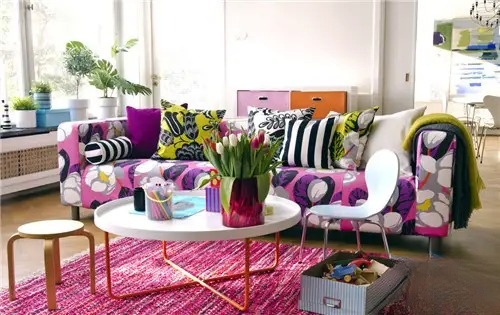
Fabric sofas are divided into leisure fabric sofas and European fabric sofas by style. They are divided into pure fabric sofas and leather and fabric combination sofas by material.
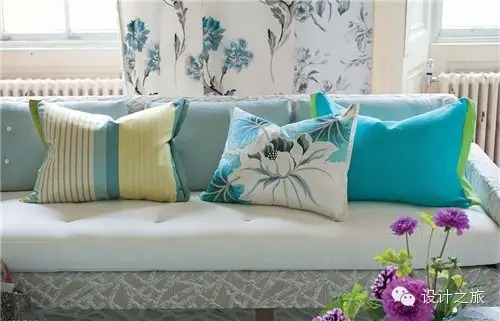
1. Leisure fabric sofa: The design is more suitable for young people, more in line with modern society, more advanced, rich in color, diverse in style, and more suitable for modern decoration style.
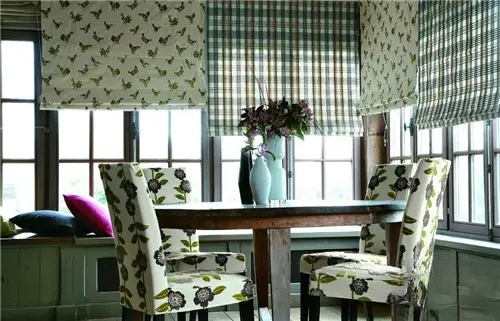
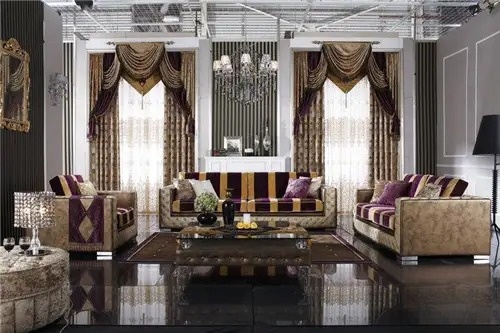
2. European fabric sofa: The style is relatively large and limited, and must be matched with the decoration, otherwise the style is inconsistent and the whole living room cannot be distinguished. Three factors that determine the quality of fabric sofas There are three main factors that determine the quality of fabric sofas: style, fabric, and workmanship.
3. Pure fabric sofa: refers to the sofa made entirely of fabric (such as blended cotton, linen, suede, etc.)
4. Leather and fabric combined sofa: It means that the fabric of the sofa is made of cloth, cowhide and imitation leather.
Fabric classification of fabric sofa:
1. High-density NC cloth
High-density NC fabric is a kind of fabric blended or interwoven with nylon and cotton yarn. Its warp and weft density is relatively large and generally adopts a flat structure.
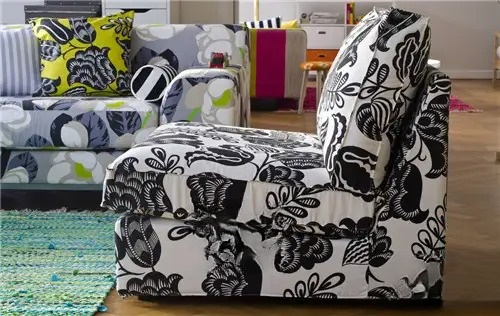
Advantages: This product combines the advantages of nylon and cotton yarn, is not easy to wear, is soft and comfortable, and easy to clean.
Disadvantages: Due to the interweaving or blending of nylon, the heat resistance and light resistance of the fabric are poor. During use, care must be taken to ensure that the washing and ironing conditions meet the requirements to avoid damage.
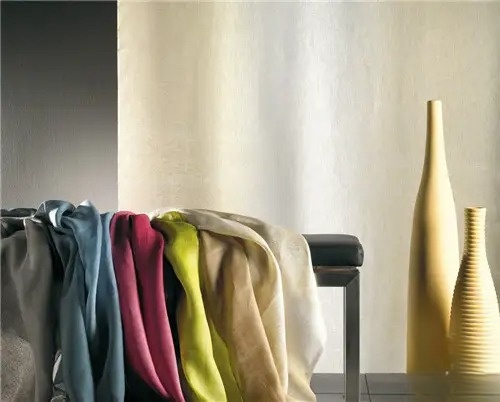
2. Polyester (synthetic fiber)
Synthetic fibers are made of polymer compounds, and polyester is one of them, which is also called polyester fiber.
Advantages: high strength, strong wear resistance, good elasticity, and strong heat resistance
Lack of hydrophilic structure between molecules.
Disadvantages: extremely poor moisture absorption and poor air permeability.
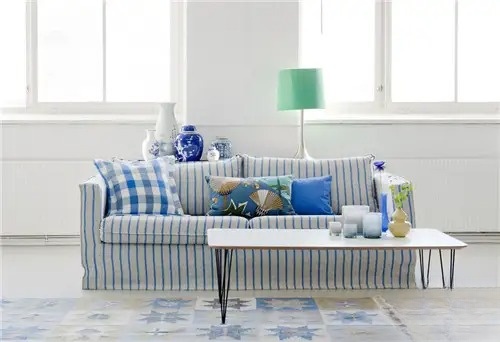
3. 3M waterproof mousse cloth
This fabric is made of the latest modern technology - "new synthetic fiber", that is, a high-density fabric woven with ultra-fine fiber as raw material. It feels soft, smooth and delicate. This fabric has countless times more fine hair than ordinary fabrics, and countless times higher surface area and micropores, so this fabric has great dust-absorbing, oil-removing and dirt-removing capabilities.
Advantages: It has good waterproof performance without affecting the air permeability and moisture permeability of the fabric. The luster is soft and elegant; it feels soft, smooth and delicate; it feels warm; the fabric is fluffy and elastic.
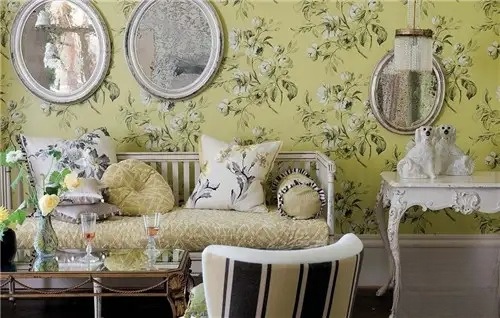
4. Polyester-cotton blend
It refers to the general term for blended fabrics of polyester and cotton, which are textiles woven from polyester and cotton yarns mixed in a certain proportion.
Features: It has both the style of polyester and the advantages of cotton fabrics. It has good elasticity and wear resistance in dry and wet conditions, stable size, small shrinkage, and is upright, not easy to wrinkle, easy to wash, and quick-drying. It cannot be ironed at high temperature or soaked in boiling water.
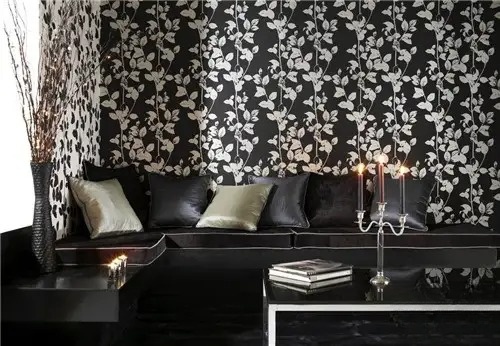
5. Cotton
It is fiber taken from cotton seeds, which are picked, ginned, carded, spun, combed, spun into cotton yarn and then made into cotton cloth.
Advantages: Warmth retention - cotton fiber is a poor conductor of heat, and the inner cavity of cotton fiber is filled with stagnant air; comfortable to wear - does not generate static electricity, has good air permeability, is anti-sensitive, and easy to clean.
Disadvantages: Easy to wrinkle---cotton fiber has poor elasticity.
Large shrinkage rate----Cotton fibers have strong water absorption capacity. When they absorb water, the cotton fibers swell, causing the cotton yarn to shorten and deform.
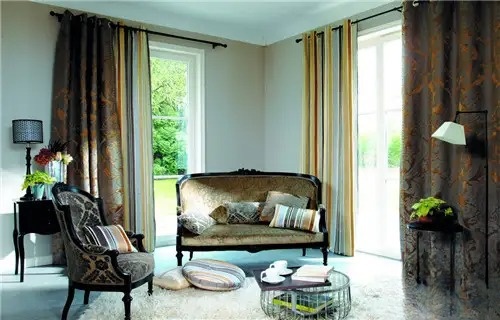
6. Nylon
The scientific name is polyamide fiber, which is a general term for polyamide fibers. It is also called "nylon" and "nylon".
Advantages: Strong and wear-resistant, the best among all fibers. Its wear resistance is 10 times that of cotton fiber, 10 times that of dry viscose fiber, and 140 times that of wet fiber. Therefore, its durability is excellent. Nylon fabric has excellent elasticity and elastic recovery, but it is easy to deform under small external force, so the fabric is easy to wrinkle during wearing.
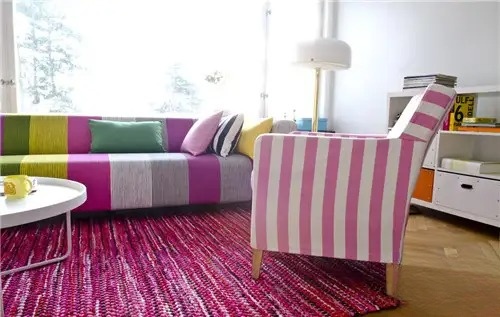
Disadvantages: poor ventilation and air permeability, easy to generate static electricity.
Therefore, Meizhihua hopes that the readers will make choices based on their own needs and not blindly follow the trend.